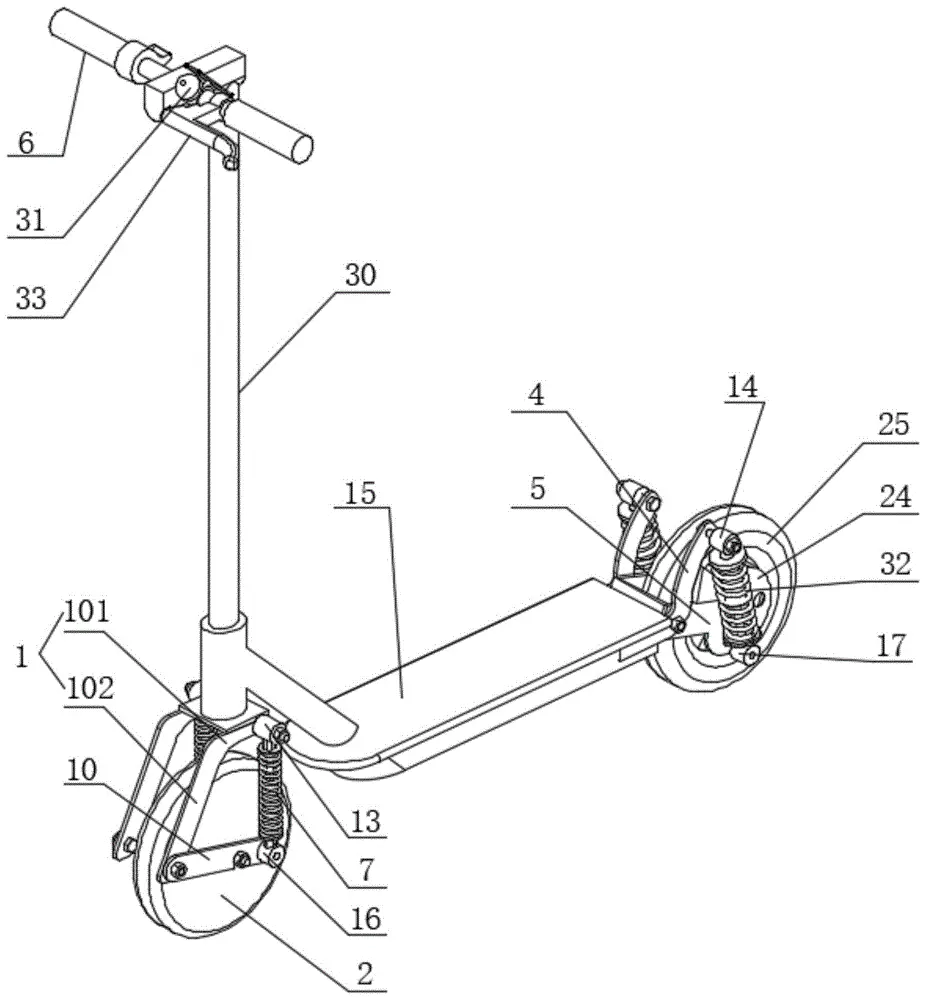The main differences between IEC and EN standards for electric scooters
The main differences between IEC and EN standards for electric scooters
Introduction
With the popularity of electric scooters around the world, different regions and countries have put forward their own standards for their safety and performance. Among them, IEC (International Electrotechnical Commission) and EN (European Standard) are two important standard systems. This article will explore the main differences between IEC and EN standards for electric scooters in depth to help manufacturers, importers and consumers better understand and choose products that meet the requirements.

Overview of IEC and EN standards
1.1 IEC standards
IEC (International Electrotechnical Commission) is an international standards organization established in 1906, responsible for international standardization in the fields of electrical and electronic products. IEC standards are widely recognized worldwide and aim to promote international trade, technical cooperation and the protection of intellectual property rights. In the field of electric scooters, IEC has formulated corresponding international standards to ensure the safety, reliability and performance of products.
1.2 EN standards
EN (European Standard) is a European unified standard certified by the European Committee for Standardization (CEN) and the European Committee for Electrical Standardization (CENELEC). EN standards apply to EU member states and other European countries with the aim of promoting the unification and communication of the European internal market. EN standards are usually adopted by the national standards bodies of each EU member state and have legal effect within the EU member states.
Comparison of IEC and EN standards for electric scooters
2.1 Scope of standards
2.1.1 IEC standards
IEC standards are usually applicable to the global market and have wider applicability. IEC 63281-1 is an important standard in the field of electric scooters, covering safety requirements and test methods for electrical transportation equipment.
2.1.2 EN standards
EN 17128 is the EU's mandatory safety certification standard for personal light electric vehicles (PLEVs), applicable to electric scooters, balance vehicles and other products that are fully or partially powered by batteries. EN 17128 standard applies to vehicles with battery voltage not exceeding 100VDC and charger input voltage not exceeding 240VAC.
2.2 Content of standards
2.2.1 Mechanical safety
IEC standards
IEC standards have made effective innovations in mechanical safety to ensure that electric scooters will not suffer structural damage or safety hazards during normal use.
EN Standards
EN 17128 has detailed requirements for mechanical safety. For example, in the pedal static strength test, EN 17128 uses a 100 mm diameter cylinder to gradually apply a vertical force to the center of the deck or component, and the force value increases to 5000 N and is maintained for 5 minutes. No functional failure should occur.
2.2.2 Electrical safety
IEC Standards
IEC 63281-1 has detailed provisions for electrical safety, including safety testing of electrical components such as circuits, batteries, and wires.
EN Standards
EN 17128 requires that batteries must comply with EN 62133-1 & EN 62133-2. In addition, EN standards have clear requirements for components such as chargers, front and rear lights, retroreflectors, and sound/vibration signals.
2.2.3 Braking system
IEC Standards
IEC standards stipulate the performance and reliability of the braking system to ensure that the braking system can effectively control the vehicle speed.
EN Standards
The EN 17128 standard requires that electric scooters be equipped with at least one braking device and a parking brake or parking device when indicated. The EN standard also provides detailed tests for braking performance, including fully emitted mean deceleration (MFDD) and braking distance on dry and wet roads.
2.2.4 Electromagnetic compatibility
IEC Standards
The IEC standard provides detailed provisions for electromagnetic compatibility (EMC), including radiated emissions, radiated immunity, electrostatic discharge immunity, etc.
EN Standards
The EN 17128 standard specifies radiated emissions, radiated immunity, and electrostatic discharge immunity for complete vehicles and electronic assemblies (ESAs). The EN standard has more specific requirements for radiated immunity performance. For example, the immunity performance of the complete vehicle is carried out under the conditions that the field strength should be 24 V/m (RMS) in more than 90% of the frequency band from 20 to 2000 MHz, and the field strength in other remaining frequency bands should not be less than 20 V/m (RMS), and the vehicle should not have reduced performance of immunity-related functions.
2.3 Application and certification of standards
2.3.1 IEC standards
IEC standards are recognized by many countries and regions around the world and are applicable to a wider range of international markets. Manufacturers and importers can certify their products according to IEC standards to ensure that their products meet international safety standards and performance requirements.
2.3.2 EN standards
EN standards are mandatory certification standards within the EU market and are applicable to EU member states and other European countries. Manufacturers and importers need to certify their products according to EN standards to ensure that their products can be legally sold and used within the EU market.
Conclusion
The IEC and EN standards for electric scooters differ in many aspects, including standard scope, content, and application. IEC standards have a wider global applicability and are applicable to more international markets, while EN standards are mainly applicable to the EU market and are more regional and targeted. Manufacturers and importers need to choose appropriate standards for certification based on the target market of the product to ensure that the product meets local safety and performance requirements. This can not only improve the market competitiveness of the product, but also ensure the safety and satisfaction of consumers.














